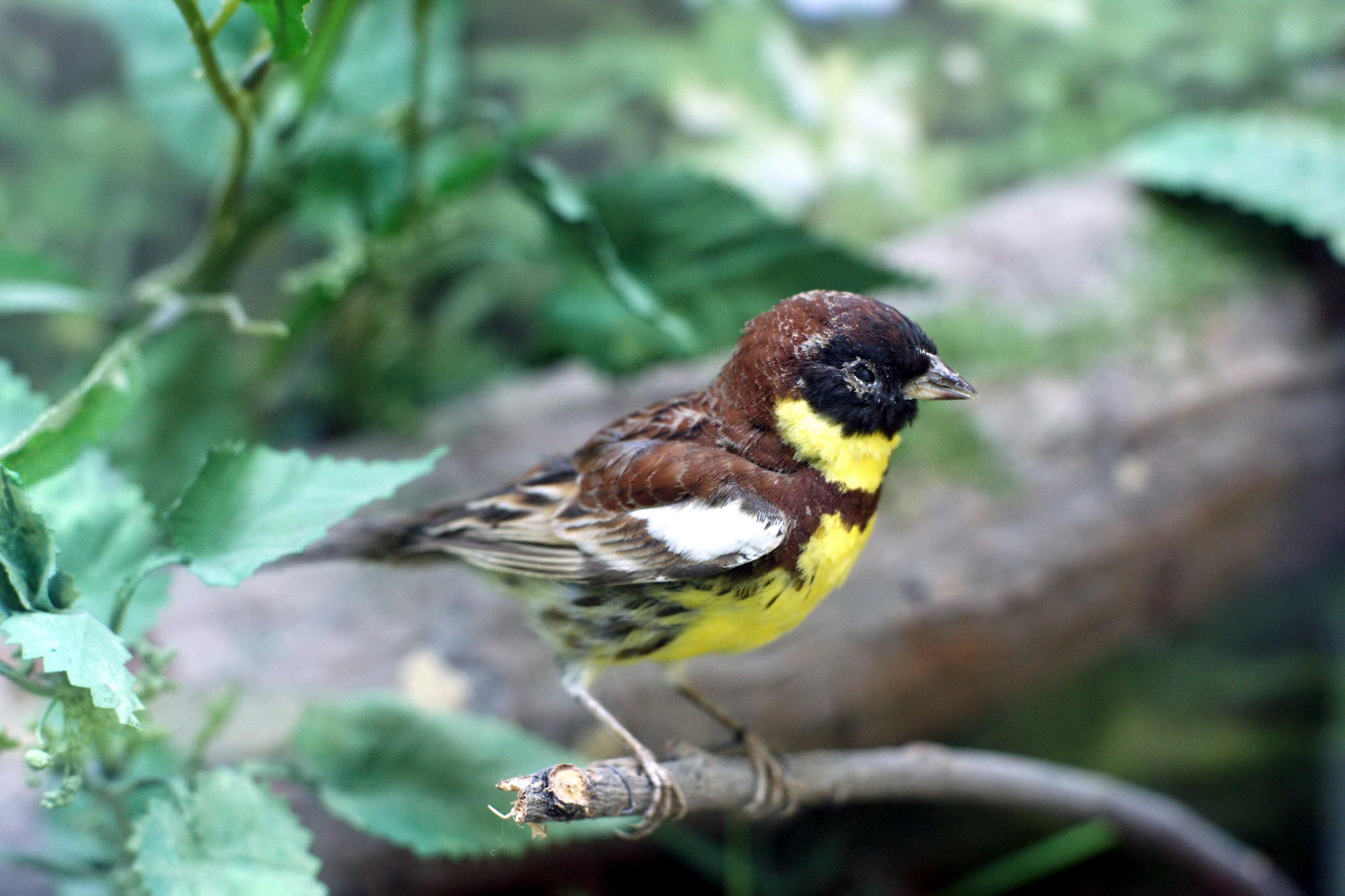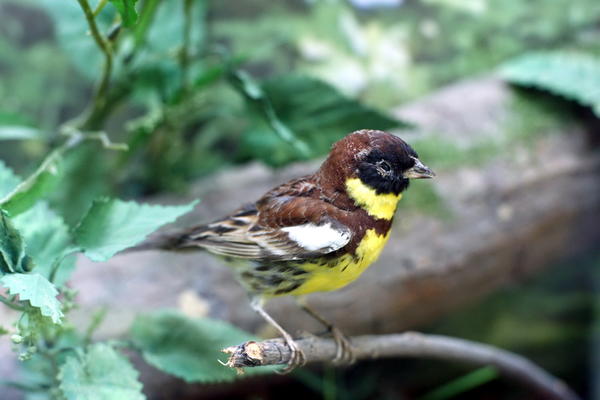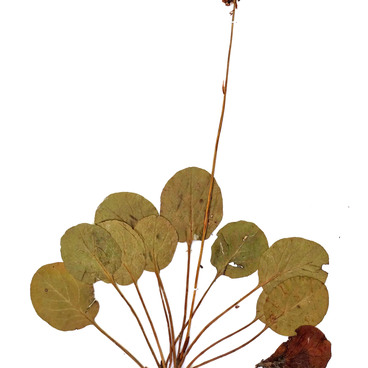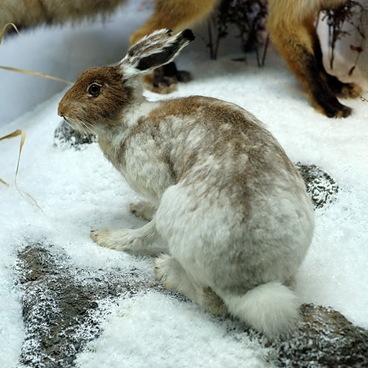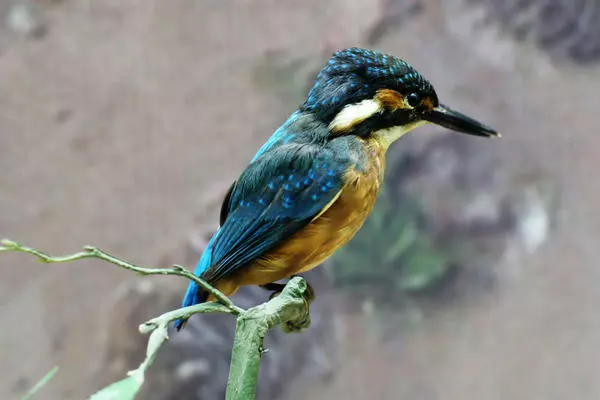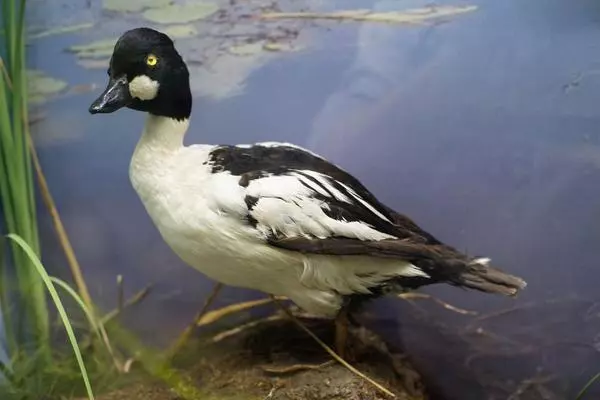The yellow-breasted bunting is a small migrating bird in the bunting family Emberizidae. It breeds almost everywhere in Russia and Eastern Europe. It starts off to its wintering locations as early as in August. The species prefers South-Eat Asia and Southern China where it is called the ‘rice bird’. The yellow-breasted bunting always follows an intricate itinerary: it first heads west, then south. It chooses humid roost, including river valleys, scrubby meadows, peat bogs, and forest edges.
#1
Semyackin V.B.
Yellow-breasted bunting
#3
#6
The yellow-breasted bunting reappears at its nest quite late, around May. As soon as they get back, males make themselves comfortable on top of shrubs or strong herb stems and other low-height roosts and sometimes dare land as high as on top of a tree. Once there, they start singing as loudly as they can to demark the frontiers of their nesting areas. As in many buntings, their voice sounds more like quiet tutting and bears a passing resemblance to the sound of a jingle bell. Despite that fact that canaries are the best songbirds, they were originally taught to sing the bunting melody by male yellow-breasted buntings. That happened because yellow-breasted buntings and canaries were frequently hybridized.
#4
During the nesting, yellow-breasted buntings form couples, but the rest of the time they tend to keep in smaller flocks or solo. The nest on the ground. Usually, it is the female who builds the nest for her off-springs using straws, grass, and moss and even horse hair to make the nest thicker and prevent the hatchlings from falling out.
It lays four to five greenish gray eggs with smudges of brown. The laid eggs are sat on and the hatchings are fed by both partners. They bring their little ones insects and worms. 10 to 13 days after the hatching the grown and stronger hatchlings leave the nest. They cannot fly yet, but they run quickly through the grass and are keen at hiding: they know how to go still and not stir in case of danger.
#5
Yellow-breasted buntings usually brood once a year. Starting end of July, these birds start to migrate. Throughout this period, they eat a lot of insects and maggots.
#7
Some 15 to 20 years ago, yellow-breasted buntings were among Russia’s most numerous birds. Since 1997, the situation has undergone a dramatic change: the area of this species has curtailed, and the headcount has nosedived. This change is attributed to the unfavorable migration and wintering conditions, i.e. large-scale deforestation, wildfires, and illegal hunting. Today, yellow-breasted bunting is a member of the Red Book, Russia’s endangered-species list.
#8
Kuzebai Gerd National Museum of the Republic of Udmurtia
read morehide
00:00
00:00
1x
Yellow-breasted bunting
Creation period
2011
Technique
Taxidermy
Collection
Exhibition
0
Open in app
Share
